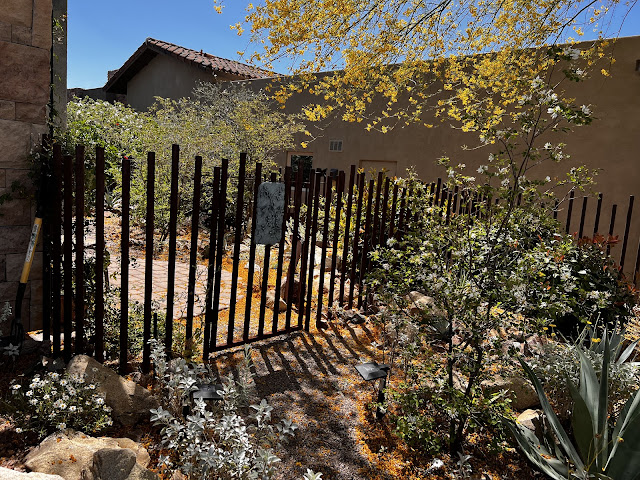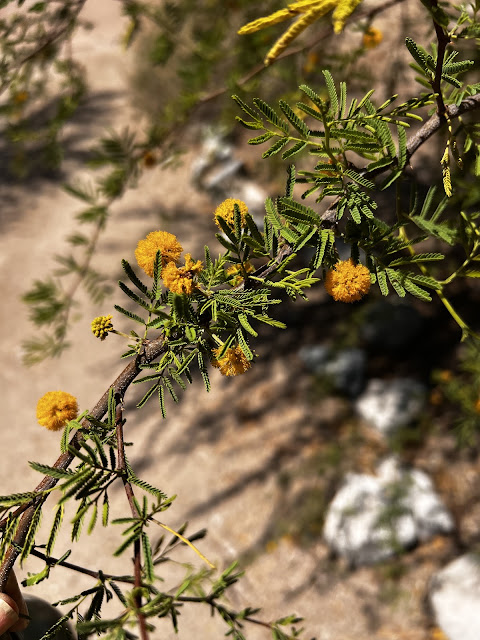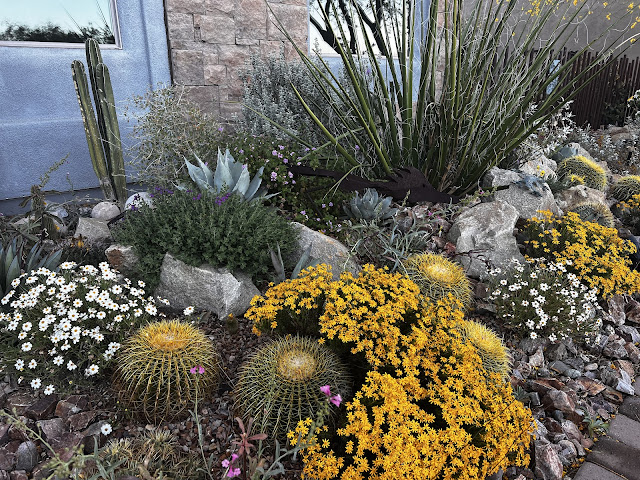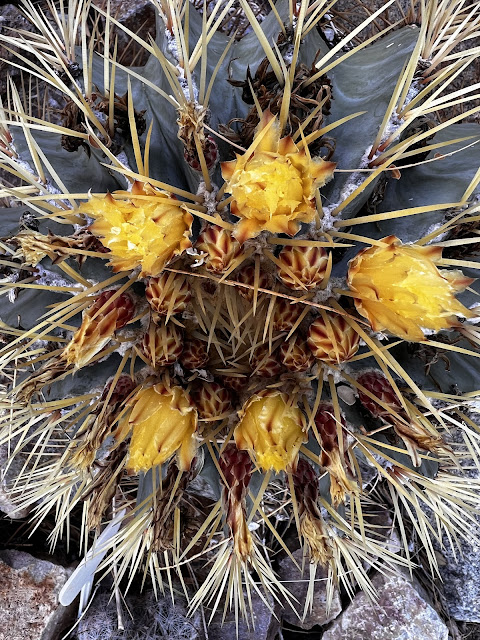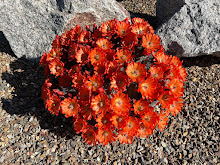The saguaros ( pronounced sa-war-o) are in bloom and they look fabulous. With their white-flowered bouquets held mainly on the crown they look positively bridal. How fortunate we are to look out every day at our Belle, who never fails to disappoint us through the month of April, May and into June.
This spring we have eagerly watched her from the very first time we took out the binoculars looking for those tell-tale little pips to appear. You can barely make out the tiny protuberances close to the crown, but as the days go by and they start to swell you know the saguaro is going to bloom.
We were concerned she might take a year off from blooming because she is not looking her best this year because of the drought. 3 years ago she was looking quite plump having filled with water during a decent rainy winter.
The monsoon last year did not deliver and we have had no rain this winter. Barely half an inch since November. Saguaros are perfectly adapted to drought and immediately there is any rain falls on the ground they quickly send out tiny roots close to the surface to take up the moisture. They fill up their stems and the pleats expand to full size. I remarked recently how wavy and thin many the saguaros were looking so it will be interesting to see the change when and if we get rain.
And yet they have bloomed heavily this year. Is this a stress bloom?
Saguaro, Carnegiea ( Cereus) gigantia, along with prickly pear are known as arboreal cactus, meaning they are tree-like with a center supporting structure similar to a tree. It is rare to find an old one standing with such a well defined skeleton. This one is on an old, abandoned nearby golf course.
They are usually found more like this.
A close up of the skeleton shows the trunk as being made up of a series of woody ribs.
The saguaro are primarily native to the Sonoran desert, the upper edges of the Colorado desert and a small area of California near to the Colorado river, growing between 600' and 3,600' It is an extremely important plant in the Sonoran desert ecology. Its fruits have been gathered by indigenous peoples to make conserves and drinks. The seeds, high in fat used as food and more recently used as chicken feed. The ribs of the plant are used for building materials and as a tool for collecting the fruits.
The saguaro is also important to many species of birds and bats who feed on the nectar within the flower. The distribution of white winged dove and the elf owl almost completely mirrors that of the distribution of saguaro. The fruits, when the pods split open are a major food source of desert birds. Woodpeckers make holes in trunks which provides a nesting are for many birds. Even branches of the saguaro make a good nesting site for larger birds.
But it is the woodpecker holes that are responsible for the rather curious structure known in the desert as the 'boot'. Often seen on display at nature centers or in the visitor center at the Saguaro National Park and Sabino Canyon. When woodpeckers carve out their hole the tree protects itself by producing a rough bark-like material, completely walling off the intrusion. Following the death of the saguaro, after it has fallen to the ground and much of its substance decayed the boot will remain. We have been fortunate to find two of these among fallen saguaros. Once dried they make a curious artifact that maybe only a desert dweller will prize. A good intact boot might have been used by indigenous peoples as a water carrier or holder.
A saguaro does not grow arms until it is at least 50+ years old. Many saguaros take on the regular candelabra shape but sometimes there is no rhyme nor reason to where the branches appear. Some are spectacularly wild in appearance.
and then there are some spectacular cristate forms where the arm creates pleats on the end of the tip which grow upwards instead of in a cylindrical manner. No-one knows why this happens. It appears to be neither causes by virus or damage to the growth point. It is probably genetic.
Estimates show that 1 in every 100,000-200,000 will cristate. Where we live in Stone Canyon, in an area of 1400 acres with an estimated 14,000-25,000 saguaros, there are 22 crested saguaros. An extremely high ratio. Someone in our neighborhood has donned his snake boots and combed the area to record all the crested saguaros. He led us on a hike one day to share a few of his findings. We also like to leave the trail and follow up one of the many washes in search of the crested form.
Now into June the height of flowering season is over. The fruits begin to swell and will provide the bird life with food through the hottest part of the summer.
On the golf course while saguaro may benefit from some additional water they are also at the mercy of the errant golf ball.
Global warming is causing the death of thousands of saguaros. The saguaro closes its pores during the day and opens them up at night for photosynthesis. Overly high nighttime temperatures, this last two summers have meant their pores have failed to open. They have had to rely on stored water with the resulting loss of integrity of the stem. They will often drop and arm in the same way that trees will drop leaves in order to survive. We have been a little more fortunate that the desert floor because we are at 3000' and about 8 degrees cooler than Phoenix but even here the changing weather conditions have taken their toll on the saguaro count. Plus in order for saguaros to germinate and survive they need at least 3 good wet seasons. We are all hoping for a really good monsoon this year although the predicted extreme highs in the coming weeks have us all a little worried.









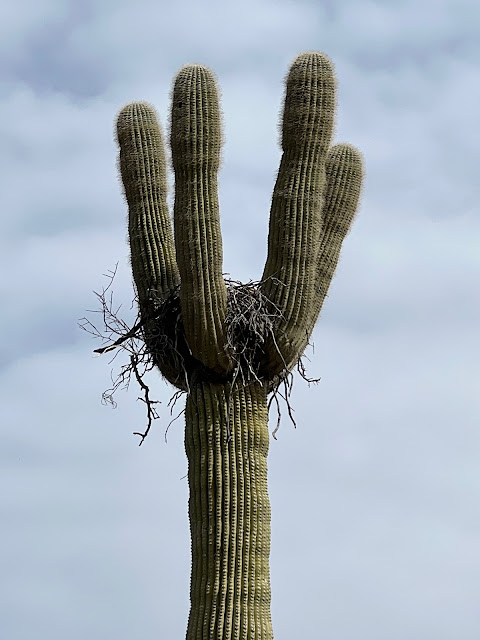






.jpeg)
.jpeg)







